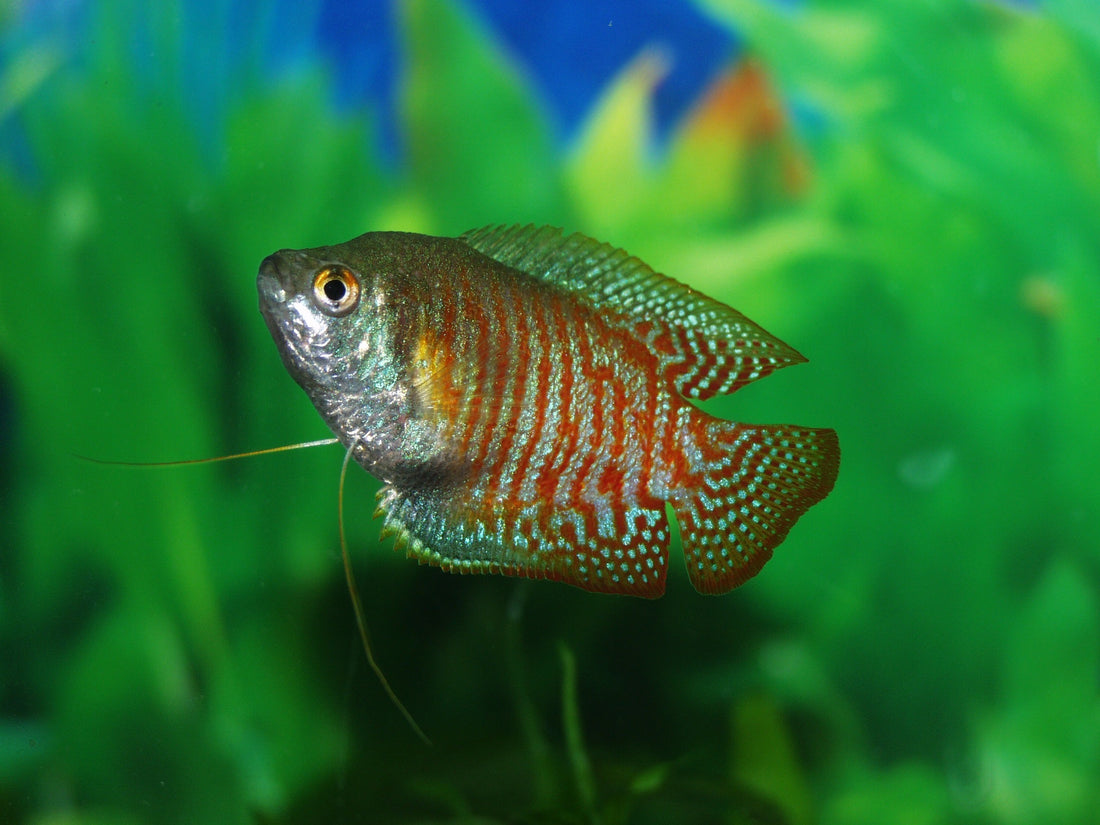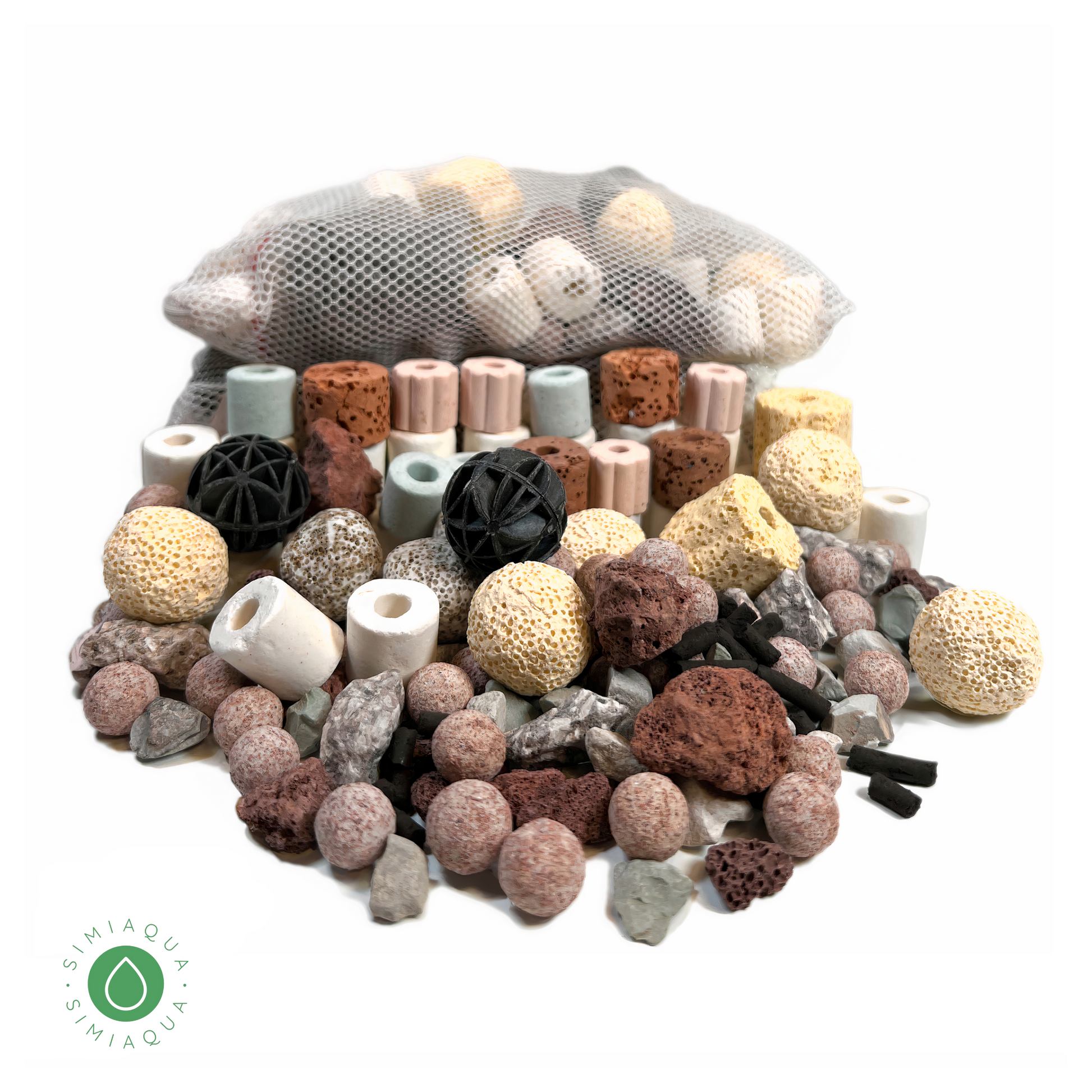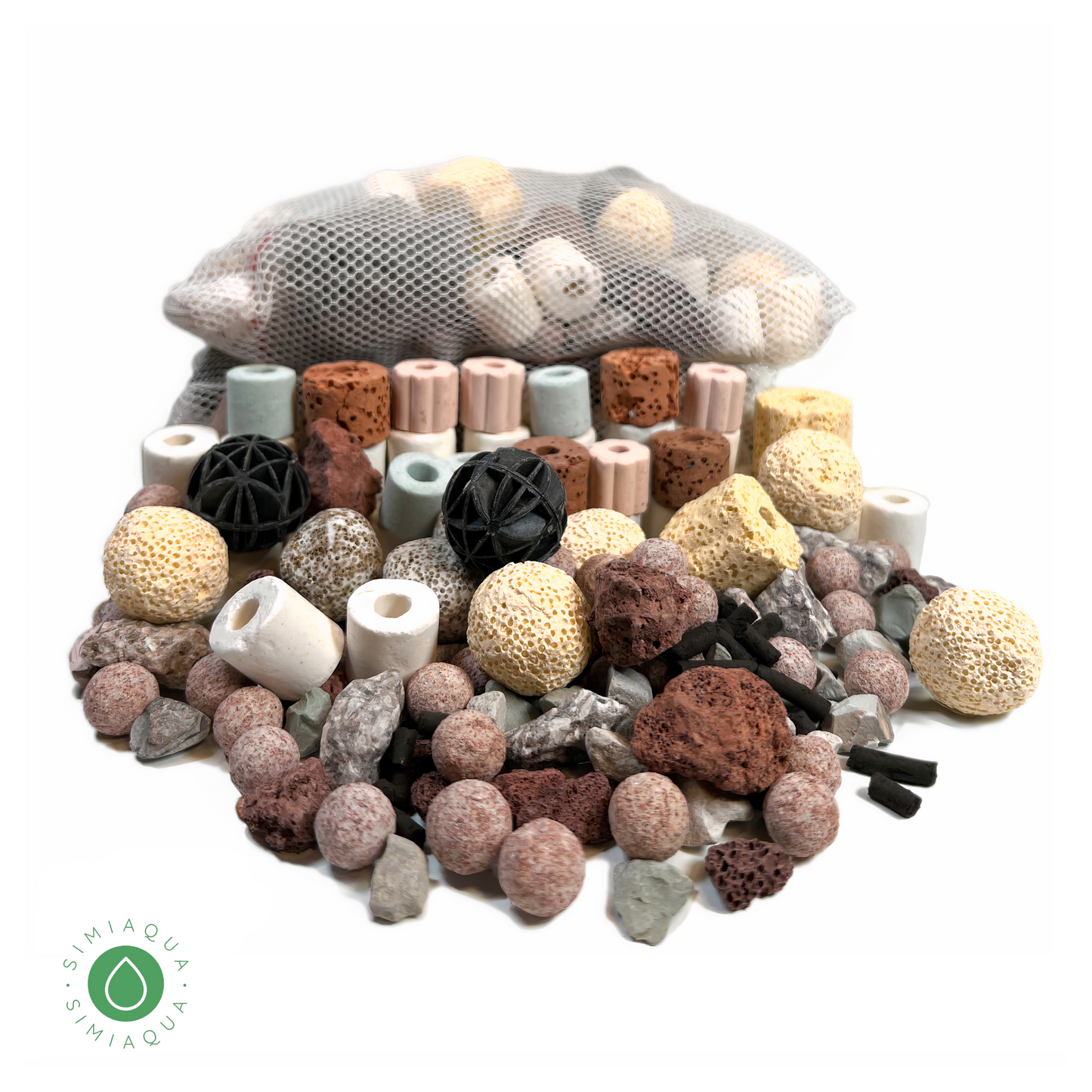
Controlling Algae in Aquariums
Share
If you have noticed an outbreak of algae in your aquarium, you are not alone. Algae is a common problem in aquatic environments, and it can be frustrating to deal with. However, with the right approach, it is possible to effectively control algae and maintain a healthy, clear aquarium.
One of the first steps in controlling algae is to identify the type of algae you are dealing with. There are many different types of algae, and each type may require a different approach for control. Some common types of algae found in aquariums include Green Dust Algae (GDA), hair algae, and Cladophora algae.
To control algae, the first step is to manually remove as much of it as possible. This can be done using a algae scraper or a soft-bristled brush. Trim away any leaves that are completely covered in algae, as these will not recover and will only serve as a source of nutrients for the algae to grow.
Next, do a thorough gravel vacuuming to remove as much debris as possible. Algae outbreaks are often caused by organic buildup in the substrate and filters, so it is important to keep these areas clean. After a day or two, clean the filter to remove any accumulated debris.
In addition to these steps, it may also be helpful to reduce the lighting in your aquarium to 6 hours per day. This can help slow the spread of the algae and give your plants a chance to outcompete it for nutrients.
By following these steps and maintaining a regular cleaning and maintenance schedule, you can effectively control algae growth and keep your aquarium healthy and clear.







